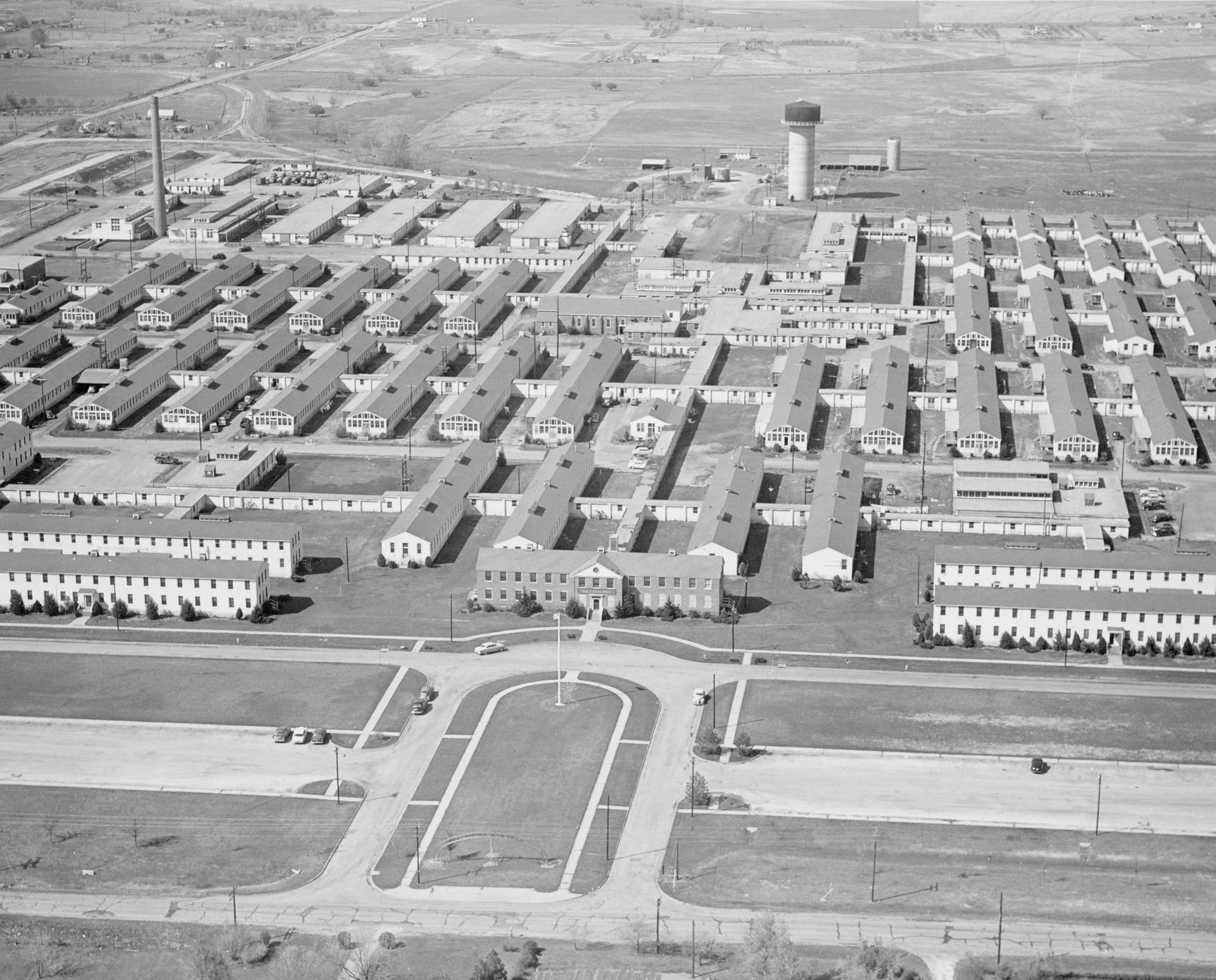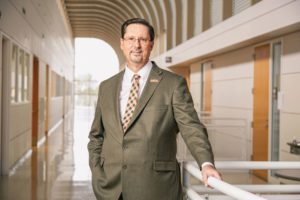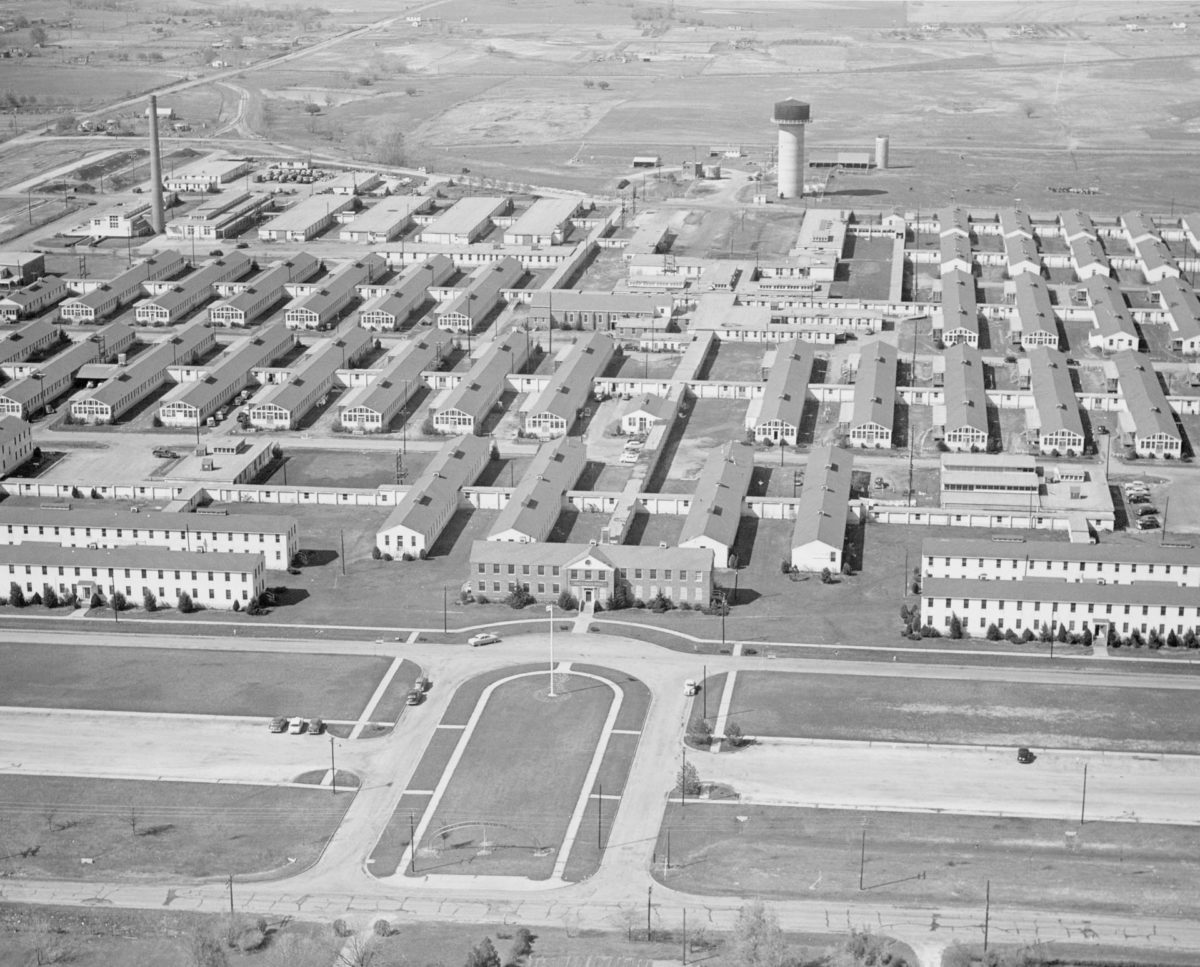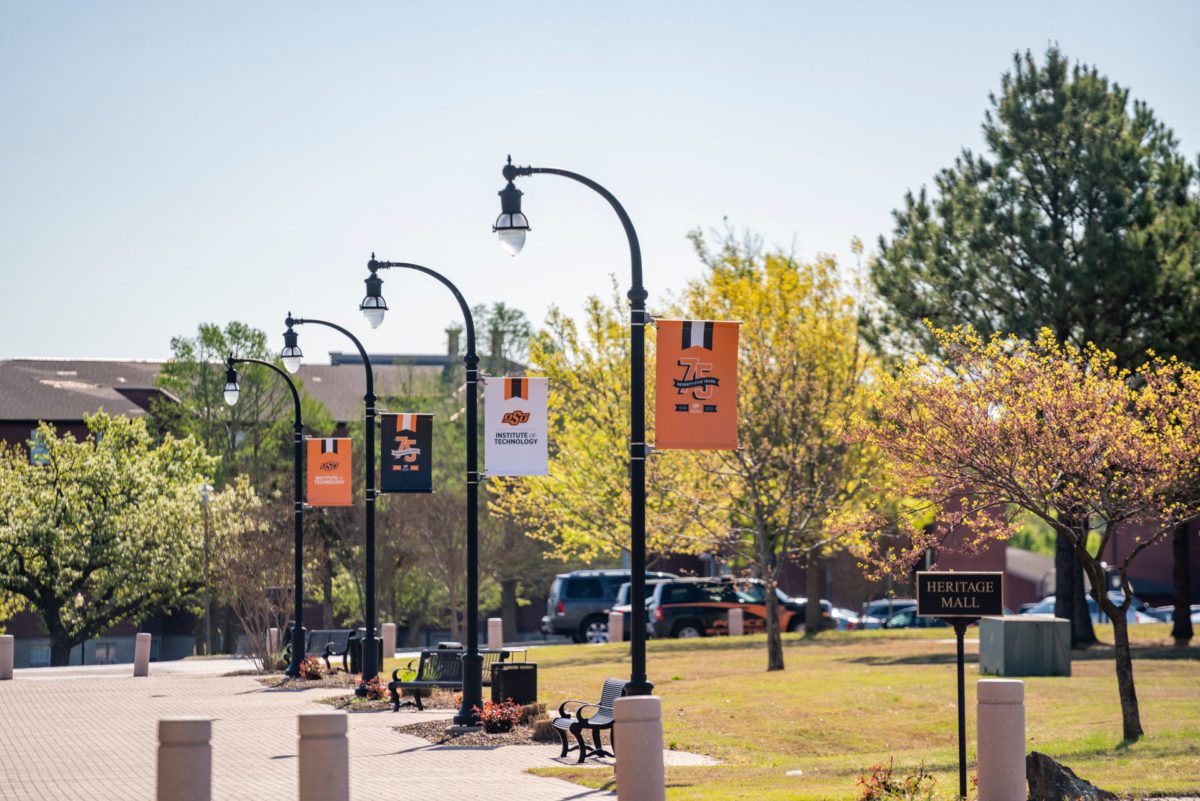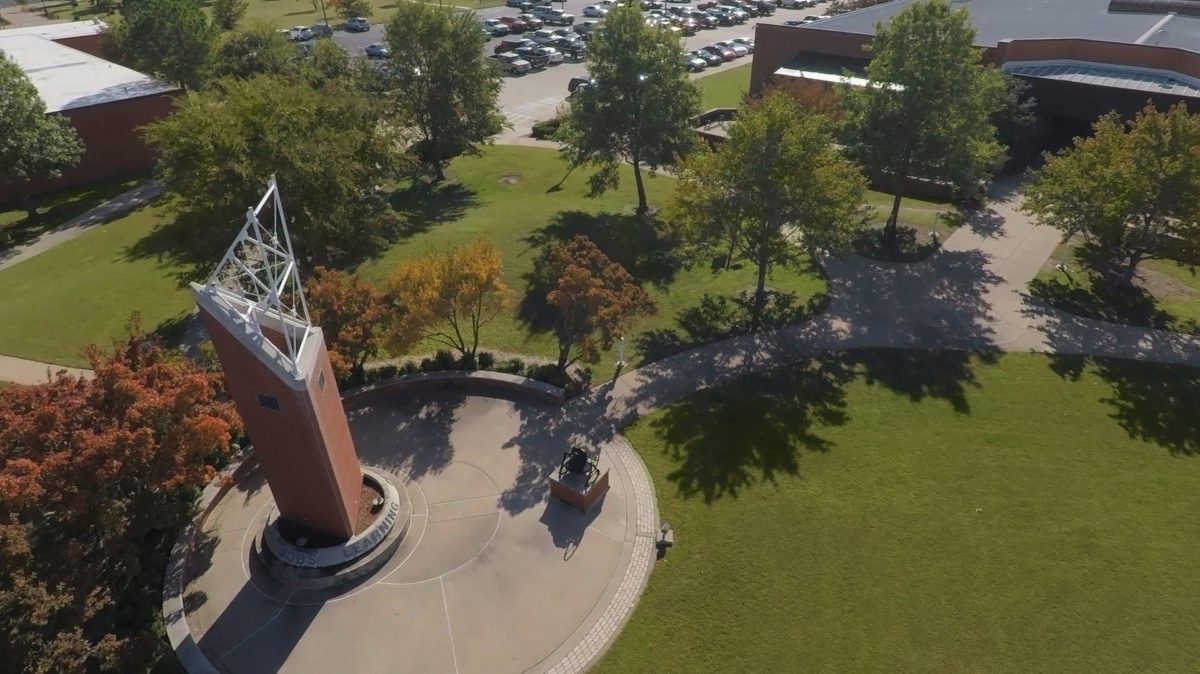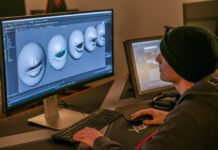In 1946, H.G. Bennett purchased a decommissioned military hospital in Okmulgee for just $1. He envisioned turning it into a vocational school, where returning World War II veterans could receive training for workforce reintegration.
A few months later, the Oklahoma State University Institute of Technology (OSUIT) opened its doors to 456 students under the name of Oklahoma A&M College School of Technical Training. The majority of students were military personnel. At the time, the institute offered courses in baking, auto mechanics, electrical maintenance and more.
Seventy-five years later, OSUIT has transformed into Oklahoma’s only university of applied technology, offering 38 different two- and four-year degree programs. It serves over 3,000 students, and is a part of Oklahoma State University’s five campuses.
“We’ve grown a lot over the years from very humble beginnings,” says Dr. Bill Path, the president of OSUIT who has degrees in Bible and educational psychology counseling and a doctorate in higher education administration. “We started out focused primarily on military personnel, but over the decades, we have opened the doors to anyone wanting to find workforce training. We train a lot of frontline skills that are in high demand across the state of Oklahoma and, consequently, across the country.”
To help close skills gaps across industries, OSUIT collaborates with over 700 private corporate partners, including Ford Motors, Chrysler, Toyota and Caterpillar. These partners sponsor many students, covering the costs of their room and board, tuition and school supplies. Path says these industry connections are integral to its achievement of a 90% career placement rate upon graduation.
Updates are on the horizon. The institute is commissioning Tulsa-based virtual reality company Xalter to develop three-dimensional lab experiences using extended-reality technology. This technology combines both real-world and virtual-reality environments, rendering an interactive learning experience for users.
Extended reality will enable students to take walking tours of the inside of a running engine and experience parts failures on equipment without risk of injury. It will also empower instructors to leverage new insights to improve student learning.
“The extended-reality project is so futuristic, so visionary, it’s going to give our instructors data and analytics that they’ve never had before,” says Path.
According to Path, aerospace and aviation is the second largest industry in Oklahoma, and there is a growing demand to fill engineering positions in this industry.
“We are developing some short-term [aviation and aerospace] training programs … designed to re-tool and re-skill engineers,” says Path. These training programs fit within Oklahoma State University’s larger strategy to support growth in this sector, which includes building the Oklahoma Aerospace Institute for Research and Education in Oklahoma City at OSU Discovery.
With big plans in the works, OSUIT is taking the time to recognize its seventy-fifth anniversary, along with its legacy of creating a globally competitive workforce. The school is celebrating all year long by sharing students’ experiences on its dedicated anniversary website, OSUIT75.com.
“Our legacy is our students,” says Path. “Not only are they hard workers, but they understand the technology of the industry. We are here to produce the most highly skilled, highly trained professionals that we possibly can.”
New Developments
Upon the recommendations of its corporate partners, OSUIT rolled out a brand new bachelor’s degree of technology in applied technical leadership two years ago. The degree program is designed to help fill vacancies in leadership and managerial positions across technical enterprises.
“We just graduated our first 12 students on Friday [Aug. 20],” says Path. “But I’m predicting this is going to become the largest single enrollment program that OSUIT has ever offered.”

Classes officially began at Oklahoma A&M College School of Technical Training in October of 1946. 
“Our legacy is our students,” says Dr. Bill Path. “We are here to produce the most highly skilled, highly trained professionals that we possibly can.” 
Production agriculture programs along with mechanical programs, such as diesel mechanics, were offered for those veterans desiring to return to rural Oklahoma as farmers and ranchers. 
OSUIT rolled out a brand new bachelor’s degree of technology in applied technical leadership two years ago. 
Oklahoma’s only university of applied technology, OSUIT, welcomes talented students in Okmulgee.






















